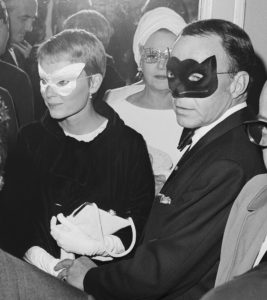
ILLUSTRATION: THOMAS FUCHS
It’s National Poetry Month, so let us praise the humble limerick, in spite of (or perhaps because of) its bawdy, silly rhymes. After all, it’s the only literary form to encompass the poetic genius of both St. Thomas Aquinas and Krusty the Clown from “The Simpsons,” who starts but never finishes the ditty, “There once was a man named Enis…”
Most people know the limerick’s rigid meter and rhyme scheme—the first, second and fifth lines should rhyme with each other, as should the shorter third and fourth lines. But no one really knows where the limerick began or why it’s named for a small Irish city rather than for Peru or Tobago, home to many an Old Man and Young Lady featured in said poems. Continue reading…







